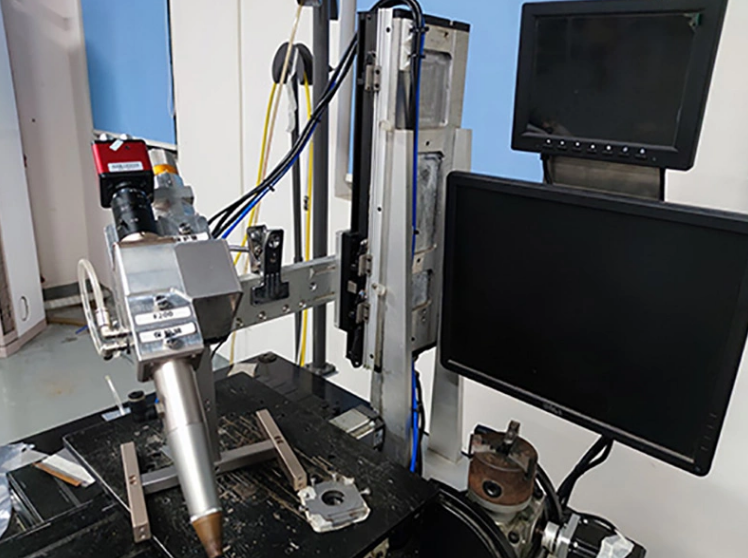When using a high-power laser cutting machine, controlling the laser cutting focus is key to achieving the best cutting quality and efficiency. Here are some key aspects to consider:
- Focus position:
Above the surface: Focusing the laser beam above the material surface is beneficial for cutting thicker materials. This helps to preheat the material before the actual cutting.
Surface: For most cutting applications, focusing the laser beam directly on the material surface can achieve a good balance between cutting speed and quality.
Below the surface: For cutting thin materials, focusing slightly below the surface can ensure complete penetration and improve cutting quality. - Focus adjustment:
Manual adjustment: Some machines require manual adjustment of the focus lens. This involves physically moving the lens to the desired position.
Automatic adjustment: Advanced machines have an autofocus function that automatically adjusts the focus based on the material type and thickness. - Spot size:
The diameter of the laser beam at the focus, i.e. the spot size, affects the cutting accuracy and quality. Smaller spot sizes result in finer cuts, while larger spot sizes increase cutting speed but may reduce accuracy. - Nozzle distance:
The distance between the nozzle and the material surface should be consistent and appropriate for the material being cut. This affects the quality of the cut and the efficiency of the cutting process. - Assist gas:
Assist gas (such as oxygen, nitrogen, or compressed air) is used to blow the molten material away from the cutting area. The type and pressure of the assist gas will affect the focus setting and overall cutting performance. - Material type and thickness:
Different materials (metal, plastic, wood, etc.) and their thicknesses require different focus settings. Thicker materials generally require the focus to be set slightly deeper, while thinner materials may require the focus to be set closer to the surface. - Beam quality:
The quality of the laser beam, usually described by the beam parameter product (BPP), affects the focus setting. A high-quality beam can produce a smaller, more precise focal spot. - Maintenance:
Regularly clean and maintain the lenses and mirrors in the laser path to ensure consistent focus and cut quality. Dust and debris can scatter the laser beam and affect the focus. - Cutting speed:
The speed at which the laser moves affects the focus. Faster speeds may require slight adjustments to the focus to maintain cut quality.
Practical Tips:
Test Cutting: Perform test cuts to determine the best focus setting for specific materials and thicknesses.
Focus Calibration: Calibrate your laser cutter regularly to ensure the focus setting is accurate.
Monitoring: Continuously monitor the cutting process and make adjustments as needed to maintain consistent quality.
By carefully managing these aspects, you can optimize the performance of your high-power laser cutting machine and achieve precise, high-quality cuts.

